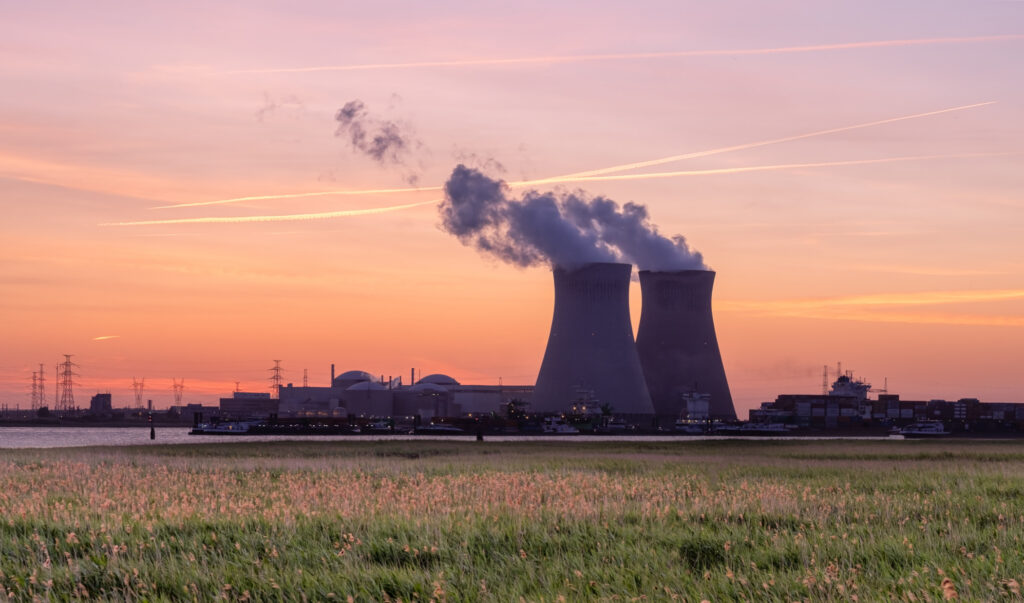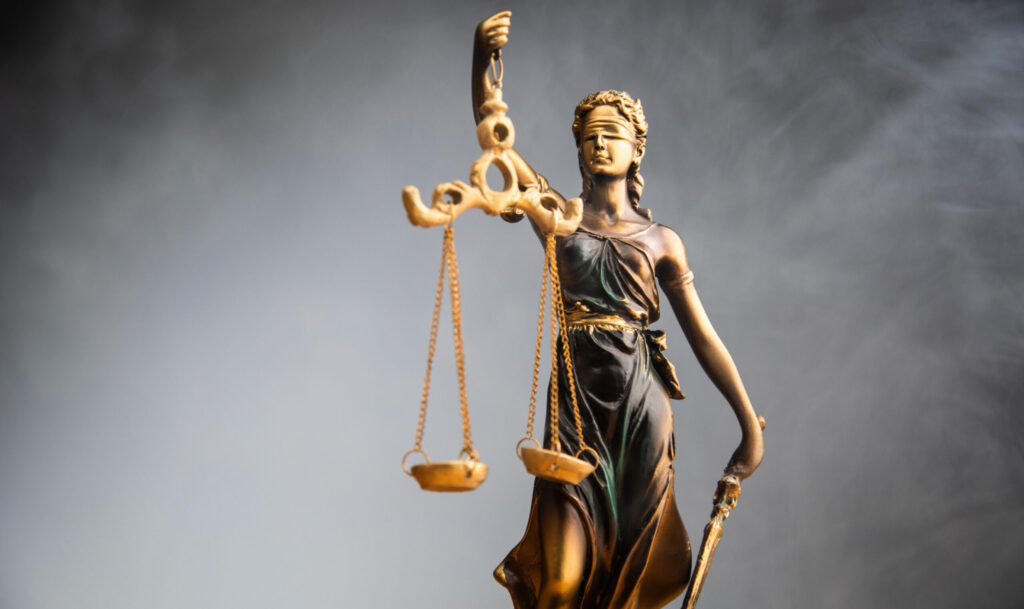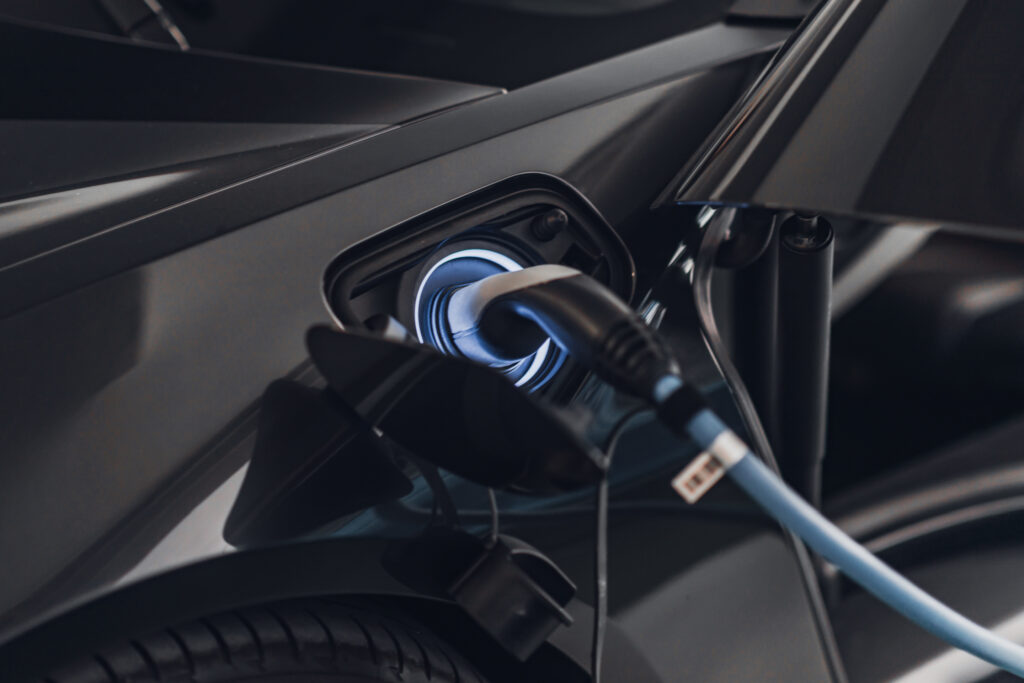Debate Builds Over New York’s 2025 Energy Strategy Ahead of Final Plan
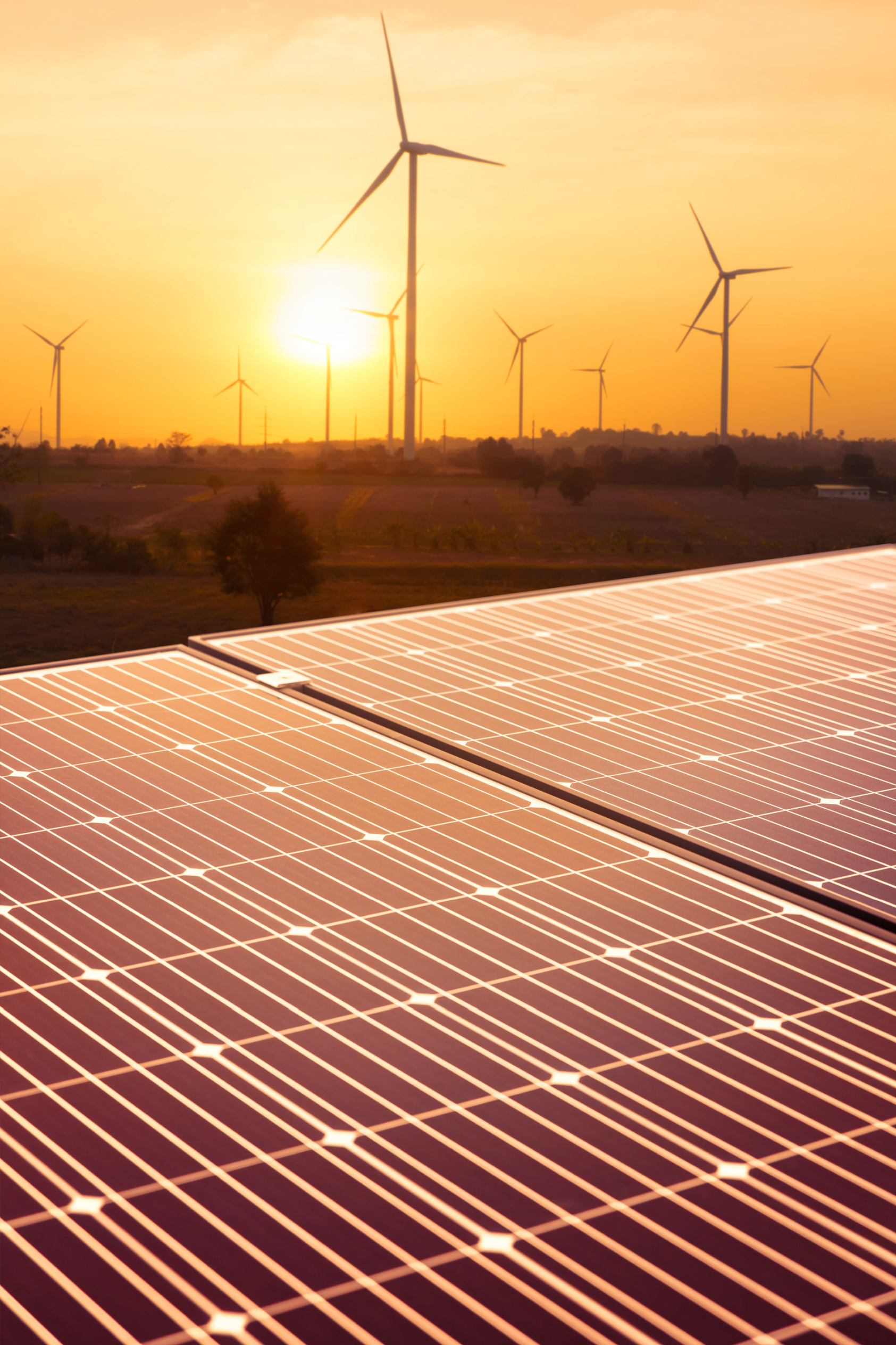
New York’s 2025 Draft Energy Plan is entering its final stage of review, with public comments due in early October. The plan, developed by the New York State Energy Planning Board, outlines how the state aims to meet future energy demands through 2040 and shape policy decisions affecting generation, consumption, and cost.
A Comprehensive Energy Roadmap
The draft plan serves as a guiding document for state programs and energy-related initiatives. It sets long-term goals for reliability, affordability, and sustainability while reflecting New York’s ongoing transition toward lower-emission energy sources.
Once finalized, the plan will inform decisions about future infrastructure projects, investments, and regulatory actions across the energy sector.
Balancing Clean Energy Goals and Reliability
Among the issues drawing attention are how to balance renewable energy growth with the reliability and affordability of the state’s power supply. The draft plan places significant emphasis on renewable sources such as wind and solar, as well as battery storage systems, in line with the state’s climate goals.
Critics, including Sen. Joseph A. Griffo of Rome, have voiced concern that the current plan may not provide enough support for natural gas and nuclear power, two energy sources long considered essential for maintaining grid reliability. Griffo and others argue that a diversified energy mix is key to keeping costs stable while advancing cleaner energy production.
“As the former chair of the Senate’s Energy Committee, I appreciate and understand the need to embrace clean energy,” Griffo said. “However, the state must ensure that this transition is practical, affordable, and reliable for residents and businesses.”
Debate Over Cost and Implementation
The draft plan has sparked discussion over how its proposed policies could affect families, businesses, and communities statewide. Proposals such as new equipment standards, electric vehicle mandates, and building code changes are being reviewed for their potential cost implications.
Supporters of the plan believe New York’s transition to renewable energy is essential to addressing climate change and modernizing infrastructure. They point to long-term savings and environmental benefits that could offset short-term costs.
Those calling for adjustments to the plan argue that more gradual implementation would better protect consumers and provide time for innovation in energy storage and transmission.
Legislative Efforts to Address Costs
Earlier this year, Sen. Griffo and members of the Senate Republican Conference introduced a package of energy-related bills intended to address affordability and grid reliability. The proposals seek to increase transparency around ratepayer costs and to delay certain mandates established under the state’s Climate Leadership and Community Protection Act (CLCPA).
Among the measures are provisions to prevent the closure of power plants before replacement sources are available, provide tax credits to expand gas infrastructure in rural areas, and require cost analyses before new regulations take effect.
Griffo said these efforts aim to “develop a balanced approach that includes clean energy, but also preserves reliability and affordability for New Yorkers.”
Looking Ahead
The Energy Planning Board will consider all public comments before finalizing the 2025 State Energy Plan later this year. The final document will help determine how New York meets its energy needs in the decades ahead, balancing environmental goals with practical considerations for cost, choice, and reliability.
“The state’s energy future depends on finding the right balance between innovation and responsibility,” Griffo said. “This process provides an opportunity for all New Yorkers to help shape that future.”
RECENT





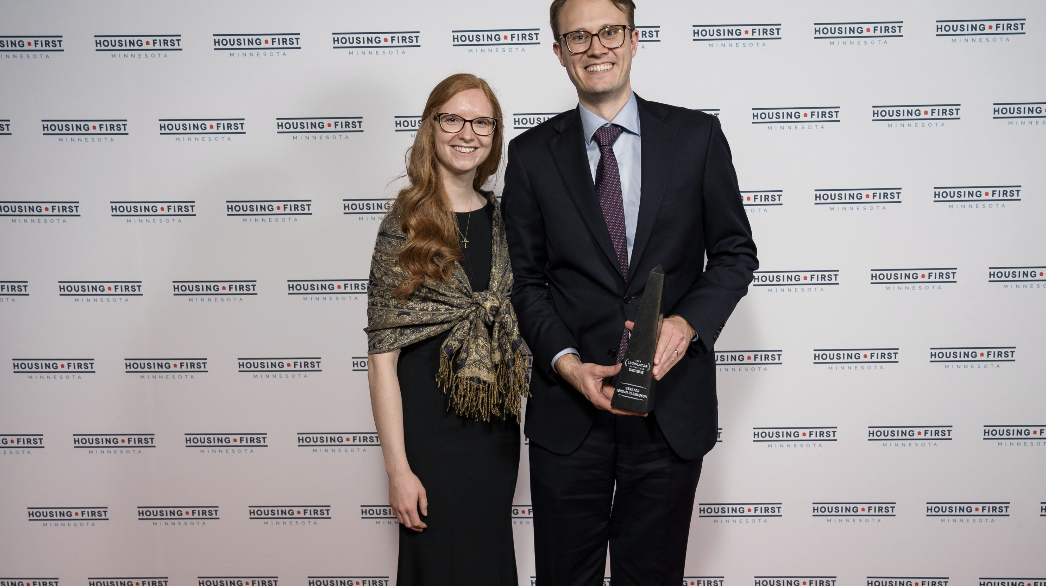




BE THE FIRST TO KNOW

More Content By
Think American News Staff










